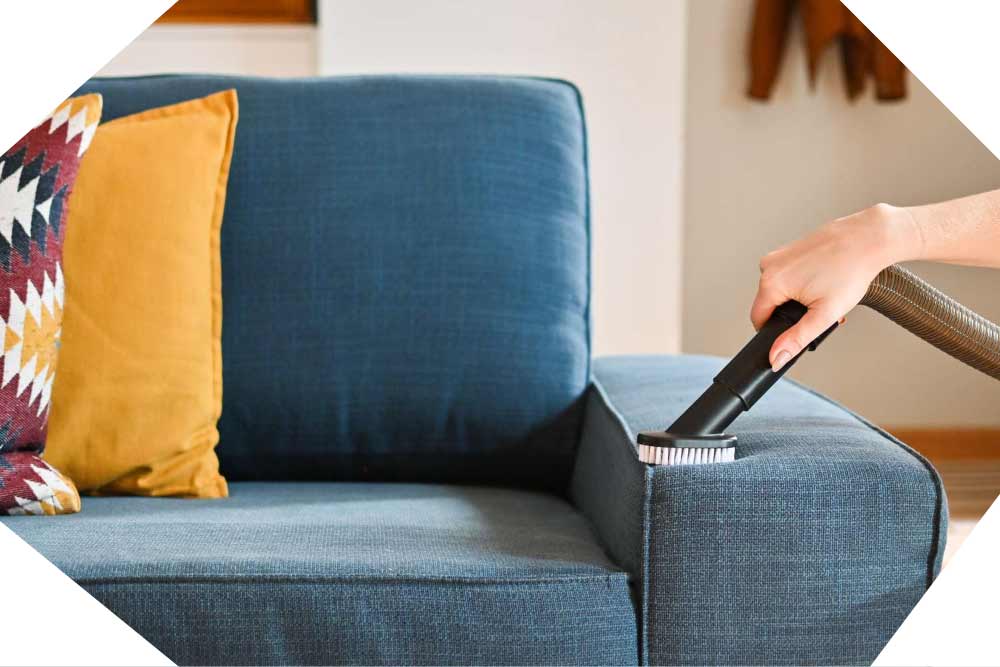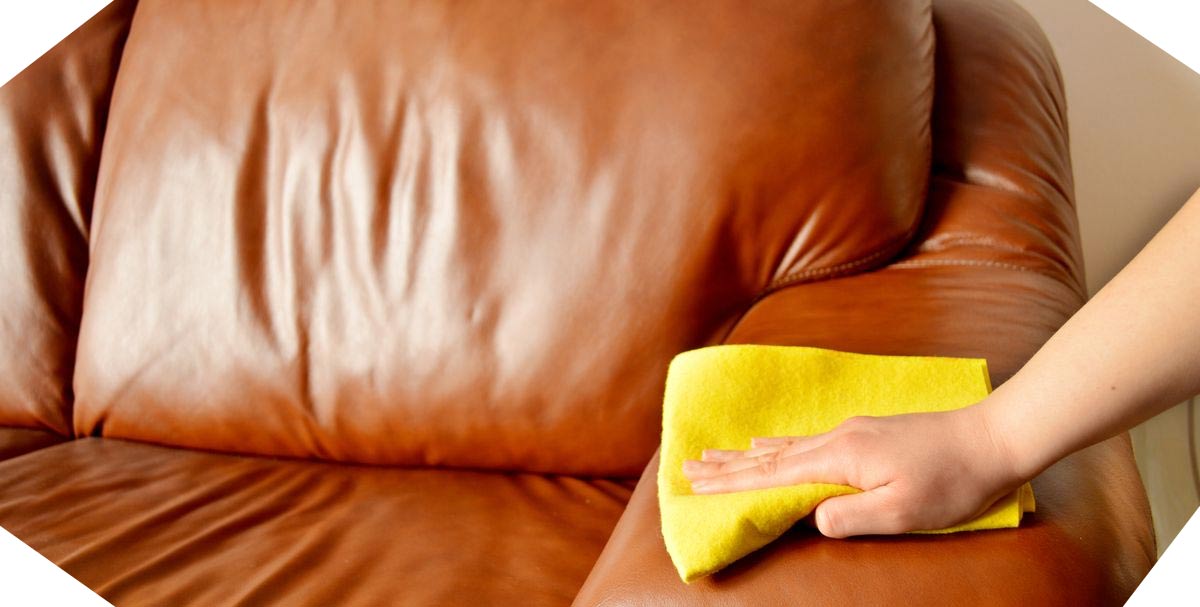Guide
How To Clean Your Fabric, Leather & Velvet Sofas
You can’t go wrong with a fabric sofa if you’re seeking something stylish and cozy for your house. However, even though they are frequently praised for their beauty, many claim that they are not as durable as leather. However, fabric upholstery may be maintained in top condition for as long as any other material with the proper strategy and level of maintenance.
Our couches see a lot of use, so, inevitably, they will occasionally become soiled and ruined. We should all be able to remove stains from couches, so we should all know how to do it. We have the solutions that will show you how to clean a couch properly, whether there has been an unexpected red wine spill or there has just been a buildup of dirt from the pet lying on the couch every day.
Many people are interested in finding out if certain appliances made to make carpet cleaning easier can also be used on couches. So, can a carpet cleaner be used to clean a couch? Yes, provided you use the proper attachment from your carpet cleaning machine and test the solution on a less obvious area of your couch. Couches typically have a cleaning tag, just like your favorite clothing items. Don’t forget to check the tag for the cleaning instructions.
Clean Fabric Sofa Regularly

To keep your sofa appearing fresh, it’s best to clean it frequently. This is a result of the upholstery’s fibers’ inclination to collect dirt particles and hold them below the surface. To keep your sofa clean and free of dust and dirt, you should frequently perform the three easy steps shown below. We advise cleaning your upholstery every two weeks to maintain it spotless.
- To remove all the loose debris and dust from both beneath and above the surface of your sofa, vacuum the upholstery. To avoid scratching or marking the material, perform this activity with a soft brush attachment and delicate motions. Particularly with delicate fabrics like velvet, this is crucial.
- Take care of any dirt or light stains on your sofa with a damp cloth when giving it a fast cleaning. But once or twice a month, you should use a fabric-friendly cleaner to carry out a much deeper clean; for this job, we advise using the Mild Fabric Foam Cleaner that comes with our fabric cleaning package. Apply a small amount of it while avoiding saturating the material, then wait for it to take effect.
- Before using your sofa again, let it dry naturally. This will avoid wrinkles, which typically need you to start over. You should open your home’s windows and doors during the warmer months to promote airflow and hasten the drying process.
Cleaning Leather Sofa

To start, vacuum the floor to get rid of any grit and filth. To get into nooks and crannies, use a soft brush (or an outdated toothbrush). These actions are necessary to maintain the condition of your sofa.
The sofa should then be cleaned with a fresh cloth or microfiber to get rid of any dust accumulation. While using distilled water, you can use a damp cloth to clean some types of leather. Stains may result from the minerals in tap water.
Make use of a leather cleaning every four weeks. Nearly 25% of the people who own our sofa sum beds utilize professional leather cleaning. Circularly clean the entire sofa with a soft cloth.
Finally, utilizing a leather conditioner can retain the moisture and luster of your sofa. Experts advise using this twice weekly.
Cleaning Velvet Sofa

Velvet sofas, renowned for their beauty and plush texture, have been more popular recently. Even if the majority are no longer made of silk, they still require your attention and care to stay shiny.
Similar to other materials, vacuuming gently is essential. A lint roller can be used to remove dust and debris.
Give it a thorough brushing in the pile direction with a delicate metallic brush made for velvet. This will assist in keeping the gloss of your sofa.
If the code is not X on the manufacturer’s label, check the label and use a handheld steamer to avoid creases and markings. To avoid fabric damage, use it on a low setting and avoid steaming one region for an extended period. To lift and repair it, gently brush in the pile’s direction.
The following are our top tips for maintaining your sofa:
Vacuum Weekly
Once a week, quickly remove any debris from the sofa using your vacuum’s tiny head, brush, and crevice tool attachments. Look down the side of the seat for any coins or other tiny objects that may have fallen there. Avoid vacuuming with the main head because dirt and other debris may rub against the seat fabric, causing the weave and pile to deteriorate more quickly than you would like.
Look After Fluffy Cushions
It’s a good idea to make it a routine to fluff up your seat and back cushions and bring them back into shape after using the sofa for the evening (or the morning after). Your sofa cum bed cushions will remain in better form and look more stylish for the longest time possible if you do this.
Protection of Fabric
Throws and blankets can help your upholstery last longer. To prevent spills and perspiration that may result in long-term stains, think about wearing arm covers (you may have these created to order). When using light-colored suits, extra caution should be used because non-colorfast clothing’s dye can seep into the upholstery and irreversibly stain it.
Sun Fade
Please keep in mind that not all sofa textiles are resistant to the sun when deciding where to position your sofa in the space. You have been forewarned that exposure to direct sunlight might cause materials to degrade permanently. It is best to keep leather couches away from heat sources like radiators because they can cause the leather to break.
Cleaning Up Pet Hair
Throws should be placed on your sofa for additional protection if you have a dog or cat. Ensure that blankets can be quickly and frequently machine-cleaned. Keep a lint roller on hand to remove pet hair from upholstered furniture; it’s a good idea to make this a regular practice. You can also touch the fabric of the sofa with your hands while wearing rubber gloves before washing the pet hair off in hot water.
Remove Stain
Spills and stains can occur; the most common offenders are tea and coffee, wine, juice, and chocolate. For the best chance of preventing lasting stains, move quickly. Use white kitchen paper to absorb as much liquid as you can before using warm water to gently scrub the area from the outside. Checking for colorfastness is a good idea initially! Observe the care label while washing or dry cleaning unfastened coverings.
